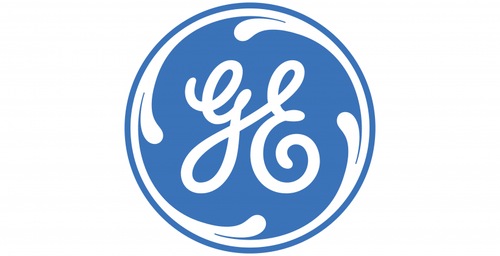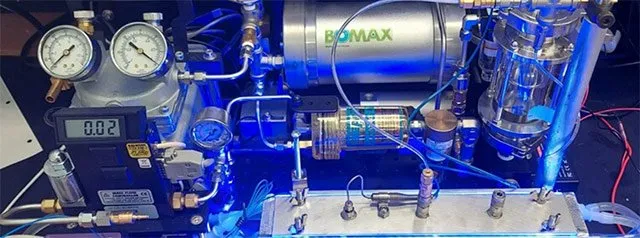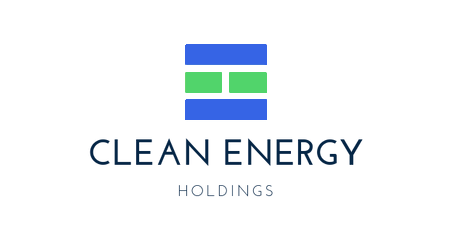Nikola Corporation has opened a new HYLA high-pressure modular refueling station and facility in Southern California, according to a news release.
Situated near the Port of Long Beach at 2267 W. Gaylord St., the new station commenced operations on May 4. The launch is part of Nikola’s plan to establish a network of up to nine refueling solutions by mid-2024, with a total of 14 operational sites slated for completion by year-end including a combination of HYLA modular fuelers and partner stations such as FirstElement Fuels’ in the Port of Oakland.
The stations include round-the-clock assistance through dedicated HYLA Ambassadors and Operation Technicians, ensuring seamless and efficient fueling.
“Through the alignment with notable industry partners, Nikola is actively securing its hydrogen supply chain and expanding its HYLA refueling infrastructure to support increased demand,” the release states.
The HYLA refueling network plans to offer a diverse portfolio of refueling solutions to Nikola’s hydrogen fuel cell electric vehicles and other Class 8 customers, including modular and permanent HYLA stations, “behind-the-fence,” and partnerships with public truck stops. The expansion includes a recent 10-year agreement with FirstElement Fuel for a hydrogen refueling station in Oakland.






